
We all crave order in our lives, and your publication should be no different. If you’re someone who loves an organized world, deciding how to organize your content may come easily, but if you struggle with finding the right structure, your content may start to suffer. This week’s newsletter is about mastering newsletter planning, making your emails as compelling as possible, and content organization best practices. Let’s go!
In this week’s issue
- Newsletter planning
- Smart newsletter design
- Organizing your content
Was this email forwarded to you? Subscribe here!
Plan of attack
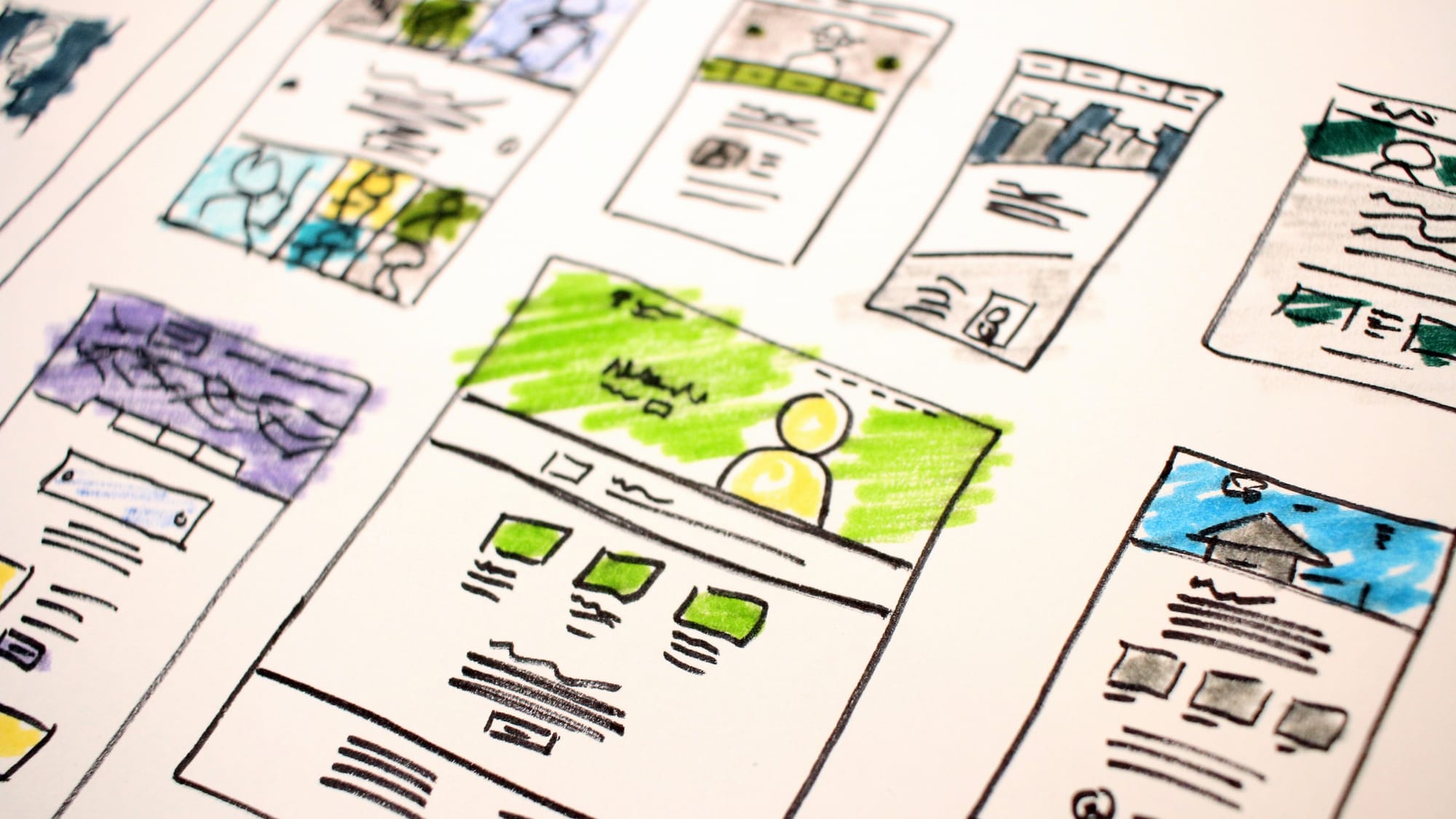
You’ve spent all this time making fun content, but now comes the adult part: planning and organizing. Newsletter planning can be a challenge, but it’s an essential way to support your creative process so you can keep making magic. It’s cool to wing it, but developing a structured strategy to get your content to your loyal following will help everything else fall into place.
Sabina Varga, content marketing strategist at Planable, helps break down what it takes to master newsletter planning so you’re better organized.
Why
- When planning, start with why. What’s your newsletter’s purpose? What do you want your audience to learn from your content? What does success look like? Your newsletter goals should always align with your ultimate business goals. Consider an email marketing calendar for additional support.
- Once you’ve got a clear purpose nailed down, create a content calendar so you can align your goals with your subscribers’ content expectations. Ensure that your topics are diverse, unique, and relevant to who your followers are. Plotting everything out makes it easy to spot what’s missing.
Who
- If you’re just getting started in the newsletter space, planning things out gives you time to research who your target audience is so you can deliver the content they expect. When your content is consistent, their love for your brand and trust in your authority will grow rapidly.
- If you’ve already got a hefty following, there’s no reason that you can’t stop and reanalyze. Send surveys to your audience and ask interesting questions to get valuable content data. This is a great way to freshen things up if your open rates are dropping or your subscriber count has plateaued.
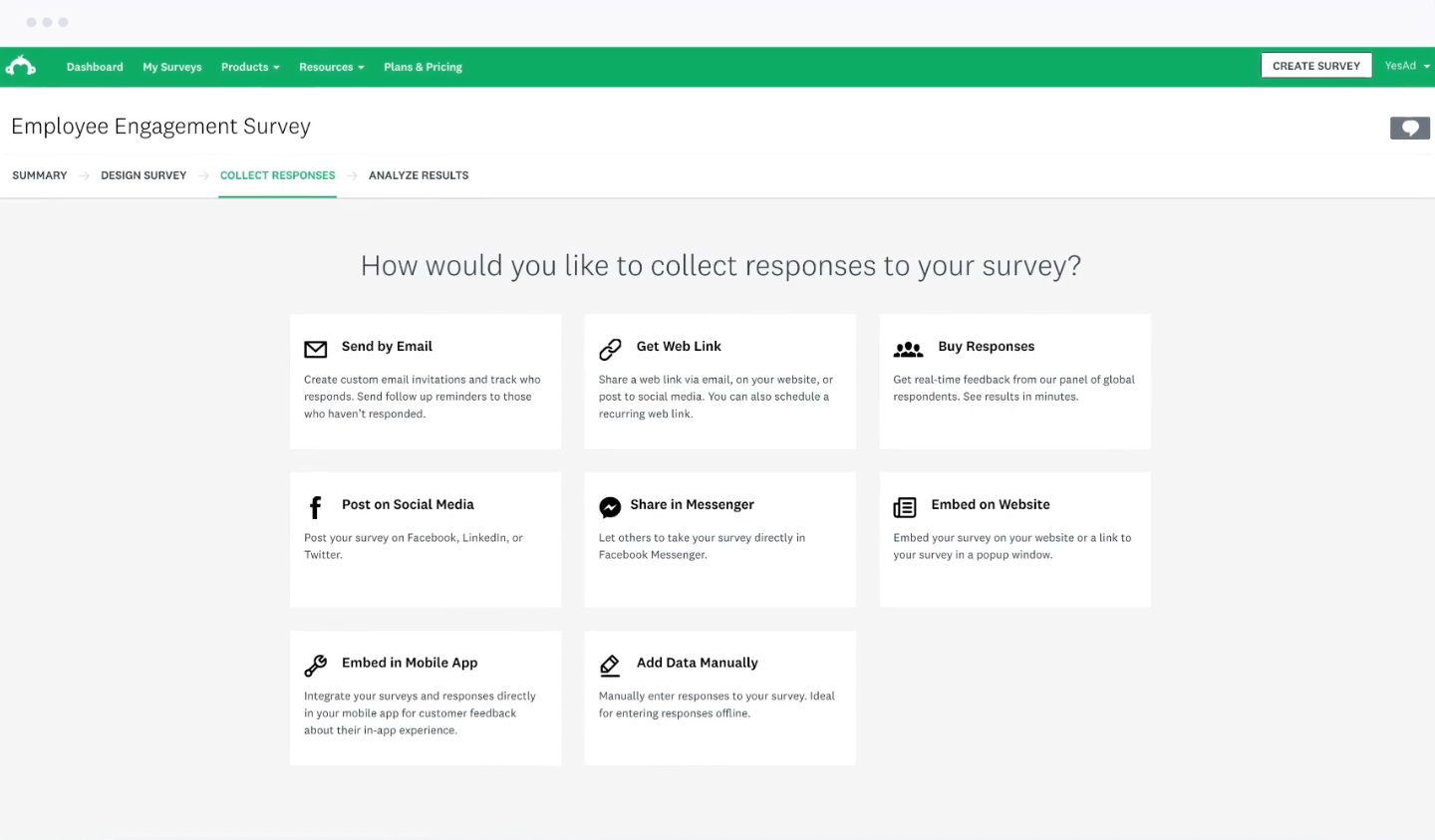
When
- You’ve mapped out your content and know who you’re sending it to, but when should you send it? It’s usually best to send your newsletter no more than twice a week and no less than once a month. Weekdays are generally better than weekends, with Monday seeing the best open rates.
- As far as the best time to send your newsletter, the highest open rates usually happen during regular working hours, between 9 am and 5 pm, with 3 pm being the winning hour. No matter when you choose, sticking with a consistent sending schedule builds healthy inbox habits.
How
- If you work with a team, how do you streamline your workflow so you can publish without delay? Consider a team management tool like Monday so everyone has visibility and control of what’s coming down the pipeline. This allows you to make flexible changes and crucial decisions in record time.
- Another way to fast-track getting your newsletter out the door is to develop an efficient approval process so everyone is happy. Using approval software allows you and your team to quickly review, get feedback on, and approve content across all marketing channels, even your social media posts.
Interesting stories & ideas 
Ready, send, go
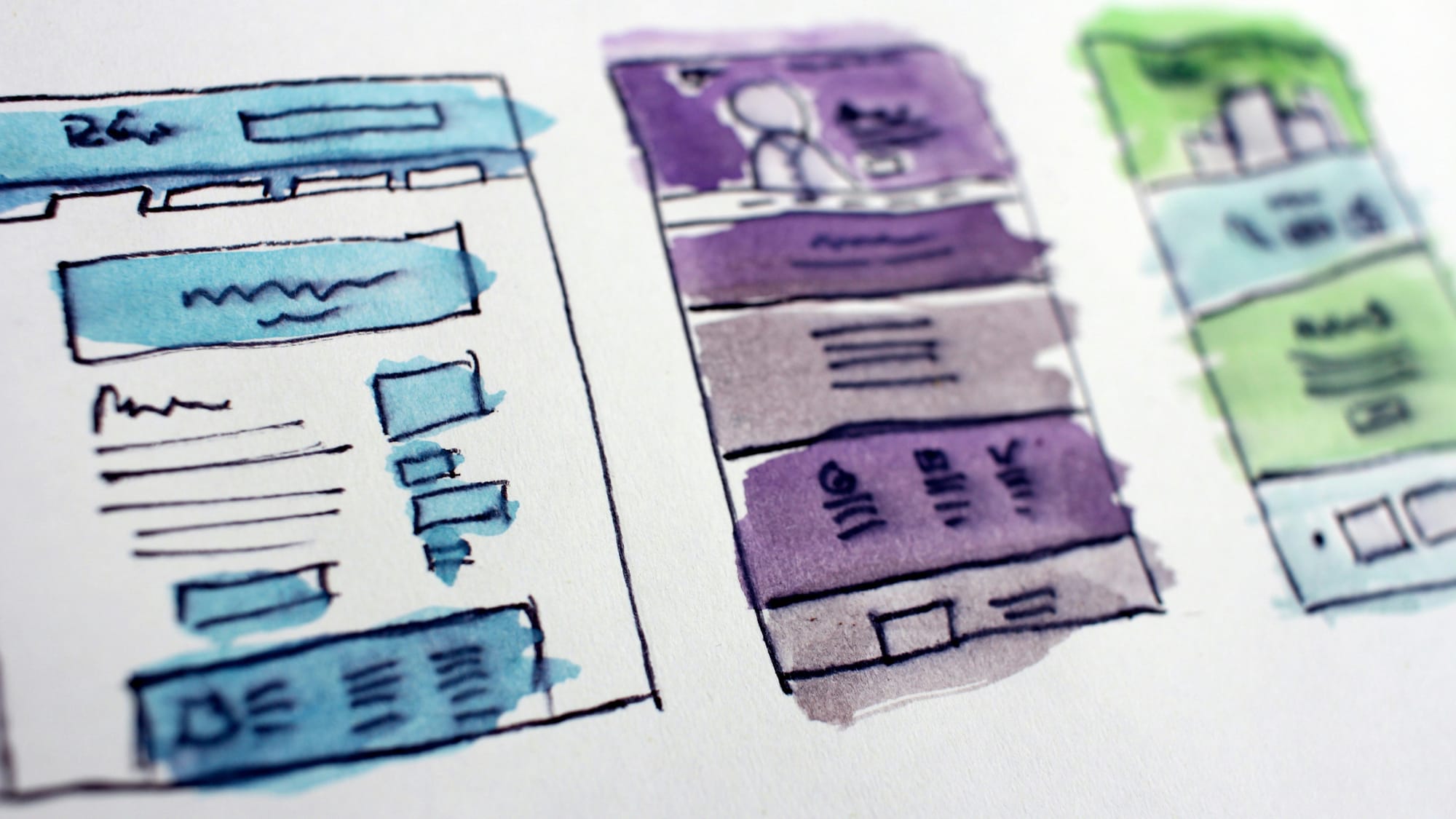
If you’ve got your site structure nailed down to show off your quality content correctly, it’s time to carry that same blueprint into your email newsletter. A well-designed newsletter involves investing time and effort into bringing your content to life. If your site visitors are being wowed by your beautiful publication, they want to be just as satisfied when opening their inbox.
Alina Midori Hernández, content producer for Mailtrap, breaks down the essentials of designing an effective newsletter.
#1 Prioritize readability to make things easier on the eyes and brain. Incorporate ample white space, use clear language, and choose appropriate fonts.
#2 Craft compelling subject lines to grab attention from the get-go. Your subject line is the first impression; so make it count! Keep it simple and clever.
#3 Organize your newsletter with a clear hierarchy by placing the most important information at the beginning and breaking up text with bullet points.
#4 Guide your subscribers using irresistible CTAs, like buttons or links, so the critical pieces stand out. Skimming happens, so turn on the spotlight.
#5 Tailor your newsletter content to your audience and make it as personal as possible. They know you’ve sent this to lots of readers, so make it real.
#6 Make sure all of your images and media are high quality. You always want your newsletter to match the high bar you’ve set for your site.
#7 Your newsletter should reflect your site’s brand colors, fonts, and overall style to keep things consistent, which builds trust in your work.
#8 Before sending out your latest, send it to yourself to see what it will look like when it arrives in many other inboxes. If you catch anything off, fix it!

Get in formation

Content organization is crucial for presenting your work to your readers in an attractive way and keeping things tidy behind the scenes. Having a clear map also makes it easier for search engines to find your publication online, increasing site traffic. There’s no one-size-fits-all approach to content organization, but as long as you do what makes sense for your audience, you’ve got it in the bag.
Let’s examine some content organization best practices so your site is easy to find and your work is easy to enjoy.
‣ Keeping your posts chronological is one of the most popular ways to organize your publication’s content, especially for enjoyable browsing through your homepage. This allows returning visitors to easily find the latest posts and shows new visitors what your latest work is all about.
‣ Displaying your best work using a featured post feed combines a chronological feed with the addition of a featured post block, like the Edition theme’s featured articles section. This gives your homepage a “best of” space so new visitors can see exactly what your high-quality content is all about.
‣ Categorizing your content is handy if you offer multiple topics or newsletters and want to display them crystal clearly when readers hit your homepage. You can use different tags, pages, and navigation links to keep things bright and attractive. Platforms like Ghost offer beautiful themes that support this.
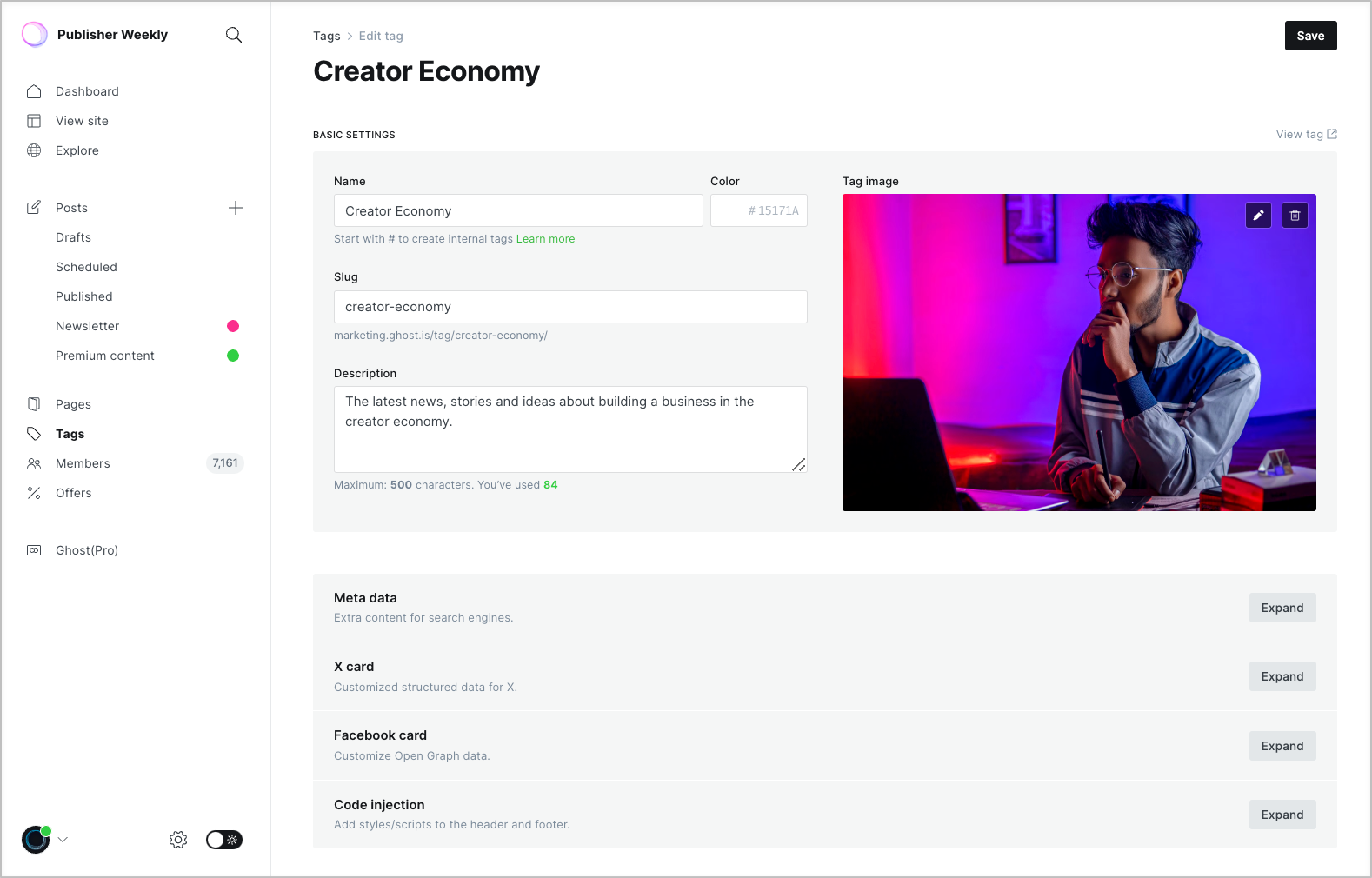
‣ If you’d like to share a summary of who you are, present some of your best work, and offer a subscription form all in one go, consider a landing page with a feed. (The custom theme Ubud is an excellent example.) This gives everything a site visitor needs to instantly know if your content is a good fit.
‣ For those who want to be even more subscription-focused and drive action towards turning site visitors into subscribers, aim for a prominent subscription form along with your latest content. Themes like Bulletin are designed for exactly this, but you can add a subscription form no matter which route you take.
‣ Consider a custom site structure and talk with an expert if you’re looking for a more unique organization style. If you don’t have the know-how, someone out there does. There are lots of custom themes and site designs out there to choose from, and they can all be molded into magic.
Curator’s pick 
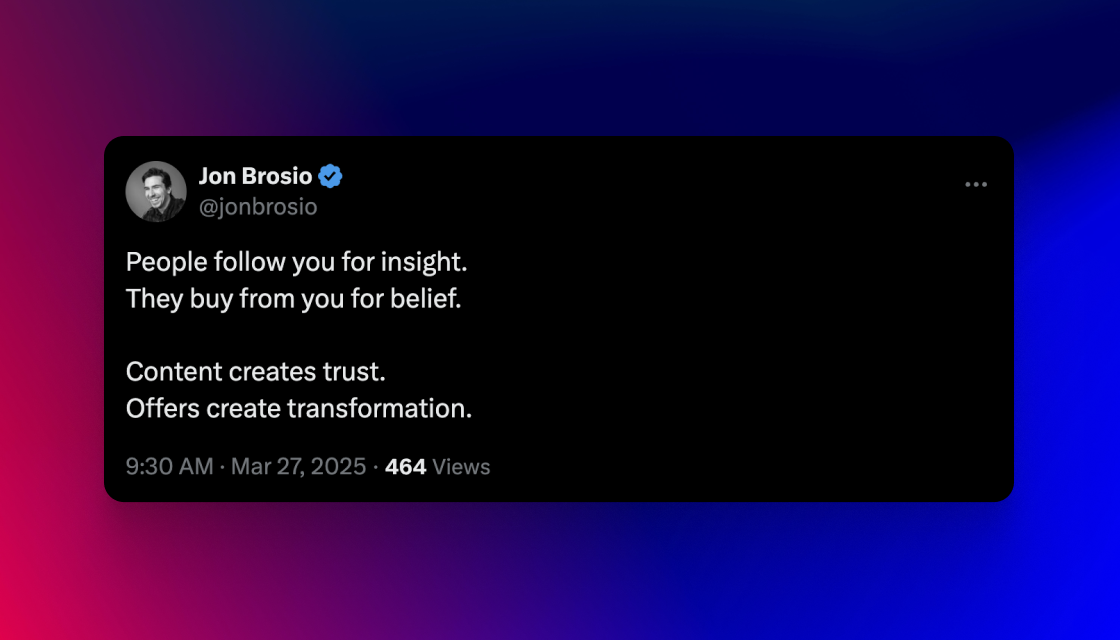
Enjoy this newsletter? Forward to a friend or hit reply to share your thoughts. We don’t bite! 
Want more how-tos? Search our library of tutorials and subscribe to our monthly “Build with Ghost” newsletter.
Join our Ghost Creator Community! Connect with like-minded people who create content professionally — apply here.


 Sending with structure
Sending with structure





